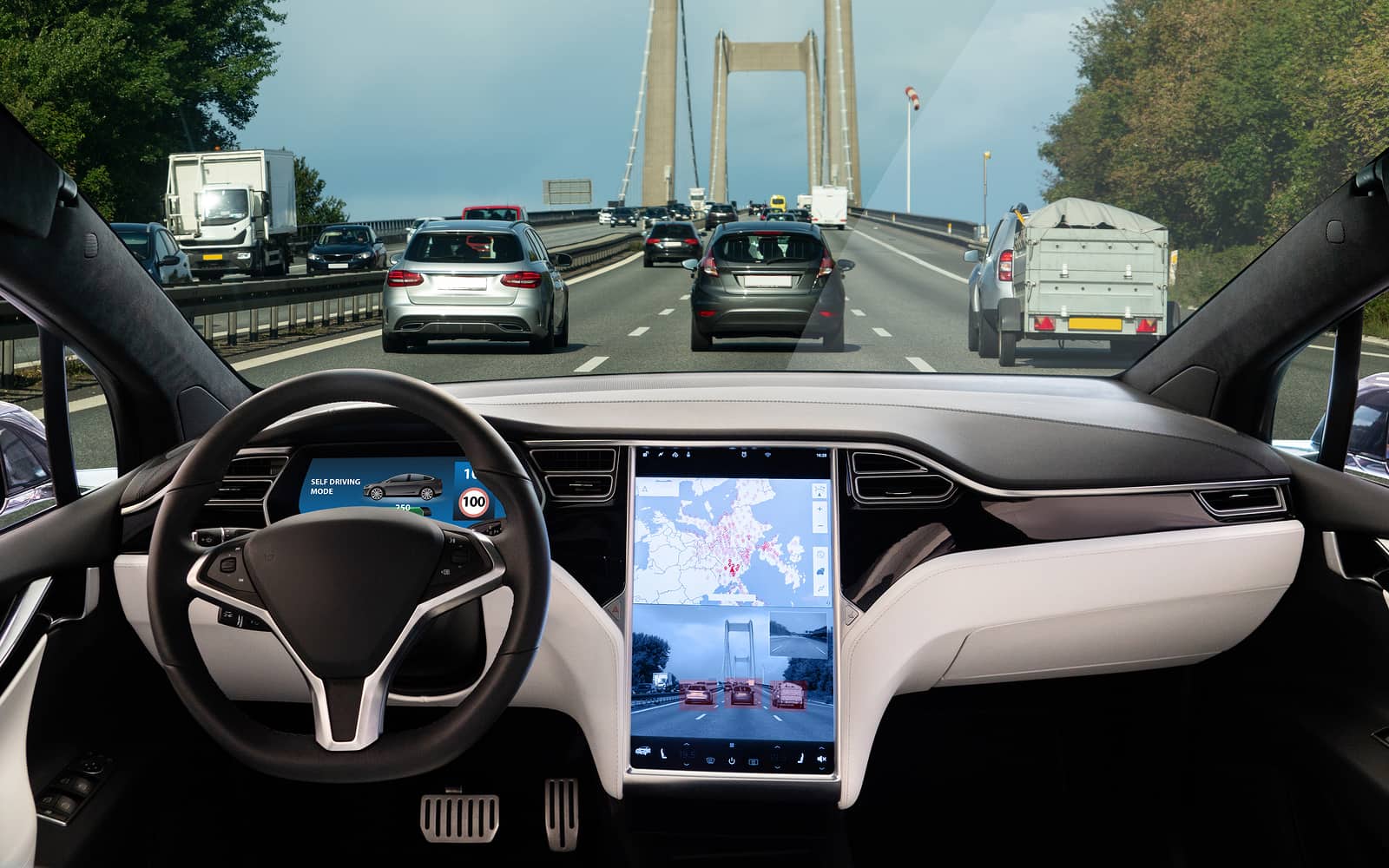You might not believe it, but there’s never been a safer time to be a motorist or passenger. While car accidents are still all too common, they result in fewer injuries and deaths as safety technology continues to evolve. Though we have a ways to go in preventing traffic deaths altogether, the improvements we’ve made in vehicle safety are often overshadowed. Thanks to several stages of car safety technology development, travel by vehicle is no longer as risky as it once was.
Find out the maximum compensation you could receive.
The Early Innovations
Early cars were built with invention, not safety, in mind. Thoughts of seatbelts and airbags wouldn’t appear for decades after the first vehicles hit the road. Still, since the days of Henry Ford himself, inventors have worked to improve the safety aspects of driving. Wiper blades were introduced in the early 1900s, with rear-view mirrors launching in 1911 at the Indianapolis 500. By 1914, turn signals began to appear on cars. Each creation spurned on the next, with car companies competing to develop new and innovative ways to keep their customers safe behind the wheel.
In 1921, Frederick Duesenberg took hydraulic brake technology originally used in the racing world and applied them to passenger cars. This would forever change the way cars would be brought to a stop. Drivers could rely on a pedal rather than a handbrake to bring their vehicle to a stopping point. Combined with the invention of safety glass in 1927, the brakes helped prevent many of the most serious kinds of collisions.
Believe it or not, the first automobile crash test didn’t occur until 1934. General Motors would test their vehicles by crashing them into barriers. Shockingly, GM used real drivers to man the test cars, requiring them to jump from the driver’s seat at the last moment possible before impact. Crash test dummies wouldn’t be invented for another 15 years.
Car Safety Comes of Age
As cars became more ubiquitous, consumers were quick to prioritize safety. While some cars had safety features like windshield wipers and rear view mirrors, the first car designed around safety wasn’t invented until the 1948 Tucker. Featuring crumple zones, now a feature on just about every car on the road, the design allowed portions of the vehicle to absorb the energy of a collision instead of passing it on to passengers. The Tucker also featured a padded dashboard and instruments within easy reach of the driver.
The 1950s saw the invention of many of the safety devices we still use today. Airbags were invented in 1951, with bags of compressed air installed in the steering wheel and were released by spring, contact to the bumper, or by the driver. Unfortunately, the compressed air used in these early airbags could not inflate fast enough to prevent injuries as intended.
Seatbelts were installed in the front seats of Volvos in 1957, with versions for the back seats implemented ten years later. In the 1960s, child safety locks were added to doors and airbags became standard. The first federal seatbelt law was implemented in 1968, requiring vehicles to have the devices installed. Though wearing one’s seatbelt was initially voluntary, most states eventually developed laws requiring their use. Shockingly, New Hampshire remains the only state not to enforce compulsory seatbelt usage.
Looking Ahead
It is only in recent years that we’ve seen the development of new car safety technology. Back-up cameras, motion sensors, and lane departure warning systems are now as common as seatbelts themselves. Cars are put through intense safety testing before they make it to market, with safety watchdogs constantly on alert for defective or unsafe features. Still, it is estimated that more than 3,000 people a day die in the United States from traffic accidents. With so far to go when it comes to car safety technology, innovative thinkers are upending the way we look at our vehicles – and our safety.
Self-driving cars have made headlines in recent years, boasting of dramatically decreased risks of collisions. While cruise control, a form of the self-driving mechanism, has been around for a few decades, many still don’t trust the idea of a car that operates independently. Blame the American inclination for self-reliance, but the transition away from motorist-driven vehicles may take longer than expected.
Even still, the technology being developed now can help bring down the number of traffic accidents and car accident injuries. Automatic braking, night vision technology, and pedestrian detection are just a handful of ways that show the modern evolution of car safety technology.
No matter what the future holds, there’s no denying that our roads are safer than ever before. While the safety features on our vehicles may not prevent 100 percent of crashes, injuries and fatalities, they have come a long way in the last century. We can only imagine what the crash statistics of tomorrow might look like!



